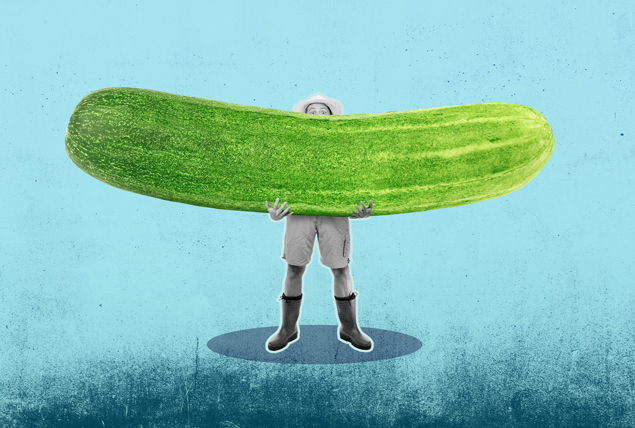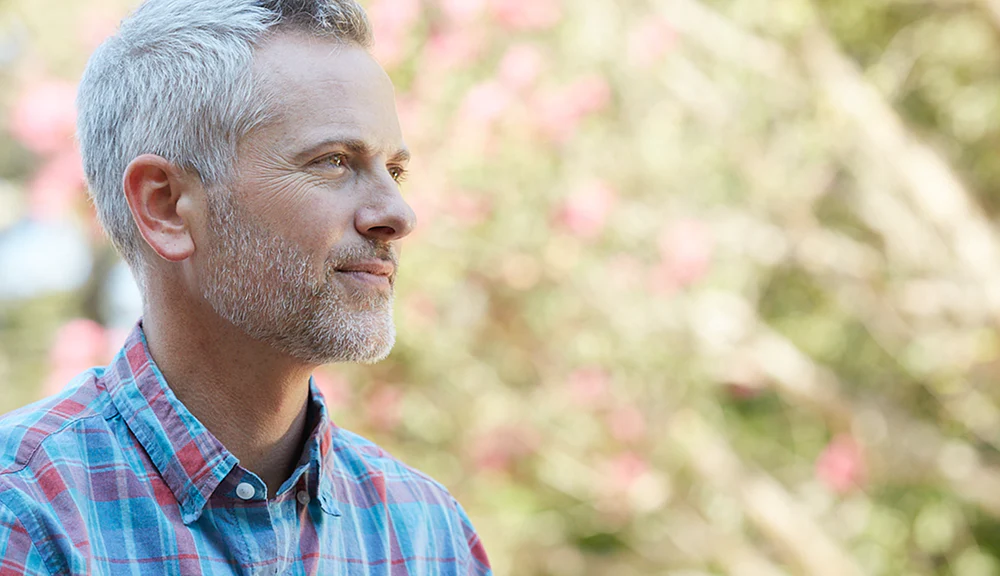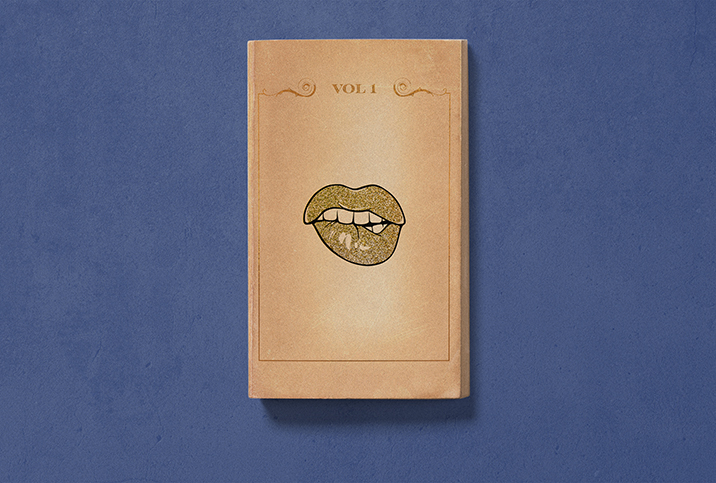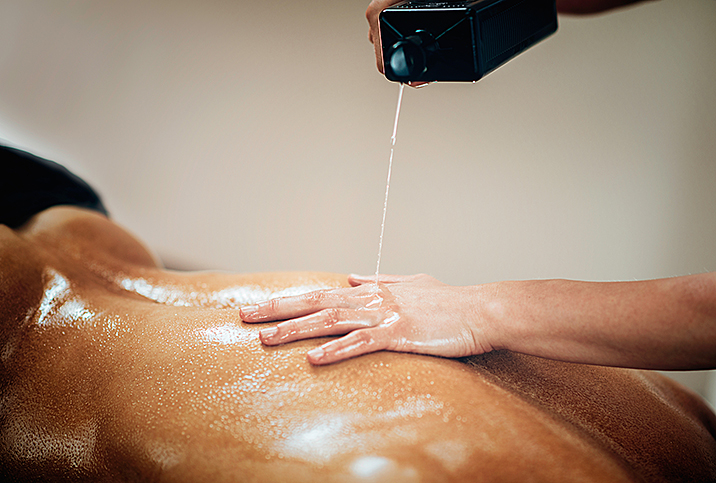What Was Victorian Sex Actually Like?
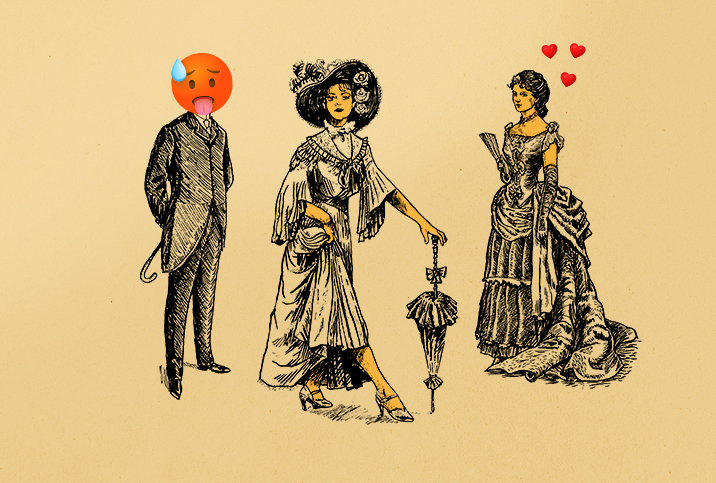
A popular anecdote suggests Victorians were so modest that they covered up the legs of their furniture because to the middle and upper classes of 19th-century England, even the loose association between a bare table leg and a human limb was considered crass.
The story isn't true, but the myth illustrates how "Victorian" has since become a synonym for "prudish." In the popular imagination, Victorian life was governed by intense social etiquette forbidding even the mere mention of baser bodily activity—above all, sex.
But were the Victorians really so uptight? The answer is more complicated than conventional wisdom suggests, and there's a good deal of evidence that Victorians were not as buttoned-up or tight-laced as many people have come to believe.
Sex among the royals
The reign of Queen Victoria spanned from 1837 to her death in 1901. Victoria's alleged puritanism is a common source of blame for the repression of her namesake era. Her attitude toward sex is often illustrated by the famous advice she offered her daughter on her wedding night: "Lie back and think of England."
But the queen never actually said this. The first recorded instance of that quote was in the diary of one Lady Hillingham in 1912—11 years after Victoria had died, according to historian Matthew Sweet's "Inventing the Victorians."
Victoria's own writings suggest she was quite fond of sex with her husband, Albert. On her wedding night, far from going limp and reflecting on her queendom, Victoria's account indicates she was an enthusiastic participant in the consummation of her marriage.
"It was a gratifying and bewildering experience," the young queen wrote in a letter to former prime minister Lord Melbourne. "I never, never spent such an evening. His excessive love and affection gave me feelings of heavenly love and happiness."
Other royals were also far from sexless. Victoria's eldest son, Edward, earned the nickname "Dirty Bertie" for his frequent and not-so-secret dalliances in Parisian brothels.
"Bertie" even had his own custom sex chair commissioned for one of his favorite houses of sin, designed to circumvent his considerable girth while having sex with multiple partners. With its curiously placed ornate handles, plush cushions and gynecological stirrups, the chair still puzzles historians and internet audiences today.
The double standard of Victorian morality
Victoria's subjects had complicated relationships with sex. Restrictive social codes indeed prevented explicit discussion of sex in polite company, while common morality held that the act itself should be solely for procreation.
Women in particular were expected to remain in the dark about what happens in the dark. Guides to sex from the era often operated on the assumption that the wedding night would be the first time a proper woman thought about sex at all.
In her book "Unmentionable," author Therese Oneill highlights several Victorian-era medical texts cautioning male readers that the fleshy realities of sex may unnerve—or even horrify—their new bride. Oneill includes instructions from the "impossibly perfectly named" Dr. Virgil Primrose English's "The Doctor's Plain Talk to Young Men":
"Her mind and habits have been so pure, and free from lust, that there has never been anything to produce an excitement of the sexual passions," English wrote. "She may be indifferent, and she may look upon it with horror."
However, there was a double standard implicit even in these absurdly conservative guides. English assumes young male readers may have dallied with sex workers in the past, and counsels them against treating their blushing bride like "the harlots with whom [they] used to associate." The groom should not be upset when—in contrast to his former paid lovers—his new wife does not express a similar ecstasy in the throes of his "sexual parts and powers."
Sex workers in Victorian England
All of which illustrates a less-than-prim reality of Victorian society: Sex work was everywhere, and in much of England would have been impossible to ignore.
Law enforcement estimated around 80,000 "prostitutes" were working in England at the beginning of the 19th century, according to historian Judith Flanders. The actual figure is unknowable. Included in the count were not just sex workers, but also unwed mothers and women cohabitating with men outside of wedlock, as well as women whose dress or behavior seemed provocative.
Expansive definition aside, there were tens of thousands of women in Victorian England genuinely offering sex for money, according to Flanders. Many operated out of the numerous brothels that dotted Victorian London maps, but they could also be found in dockyards, neighborhood streets, slums and suburbs.
The abundance of sex workers attracted the attention of eminent Victorian prime minister William Gladstone. He took it upon himself to rescue and rehabilitate fallen women, personally meeting with dozens of women in his home in an attempt to persuade them away from the street life.
While Gladstone's crusade seems genuinely motivated by a sense of Christian duty, his private diaries reveal a man also tortured and titillated by his "rescue work." Gladstone would occasionally whip himself in private after meetings with his charges—whether for self-gratification or self-flagellation or, you know, both.
The Victorian smut explosion
Pornography was another barely concealed indulgence of Victorians. Buoyed by advances in photography and printing, erotica of the written and visual variety exploded in popularity during this period.
Nor was their smut hidden under mattresses or stuffed into the back of closets. Sweet points to the example of Holywell Street in London, where shoppers could openly browse bookstores hawking titles such as "An Experimental Lecture by Colonel Spanker," "Captain Stroke-All's Pocket Book!" and "The Story of a Dildoe!"
Whatever the social mores of polite society, in the pages and prints of Holywell shops, people could find stories and images considered raunchy even by modern standards. Strap-ons, orgies and whipping are recurring themes, but far from the most illicit. And while homosexuality was illegal in Victorian England, there was no shortage of erotica that featured same-sex encounters in images and the written word.
The restrictive social codes of Victorian culture barely concealed natural human desires, which sat in the open if you only knew the right streets, brothels or bookshops to search. In her blog "Whores of Yore," United Kingdom–based author and Victorian scholar Kate Lister points out that Victorian prudery functioned as something of a mask for a persistent erotic fixation, made plainly visible in the porn the Victorians left behind.
Lister wrote, "The Victorians didn't repress sexuality, they were obsessed with it and saw indecency everywhere; in food they thought too 'stimulating,' in books thought too fanciful and even in the potentially stirring effects of riding a bicycle."







